Geometry builds upon students’ command of geometric relationships and formulating mathematical arguments. Students learn through discovery and application, developing the skills they need to break down complex challenges and demonstrate their knowledge in new situations.
Course topics include reasoning, proof, and the creation of sound mathematical arguments; points, lines, and angles; triangles and trigonometry; quadrilaterals and other polygons; circles; congruence, similarity, transformations, and constructions; coordinate geometry; three-dimensional solids; and applications of probability.
This course supports all students as they develop computational fluency and deepen conceptual understanding. Students begin each lesson by discovering new concepts through guided instruction, and then confirm their understanding in an interactive, feedback-rich environment. Modeling activities equip students with tools for analyzing a variety of real-world scenarios and mathematical ideas. Journaling activities allow students to reason abstractly and quantitatively, construct arguments, critique reasoning, and communicate precisely. Performance tasks prepare students to synthesize their knowledge in novel, real-world scenarios and require that they make sense of multifaceted problems and persevere in solving them.
This course is built to state standards.
2 semesters, 1 credit

